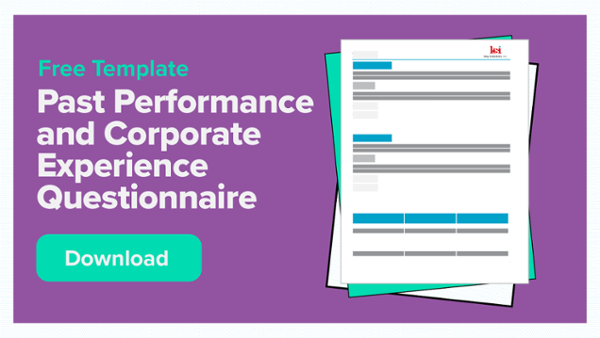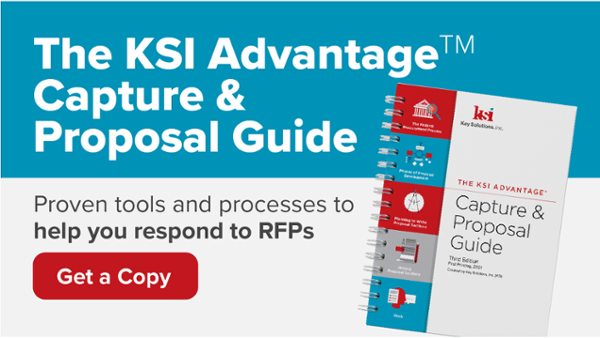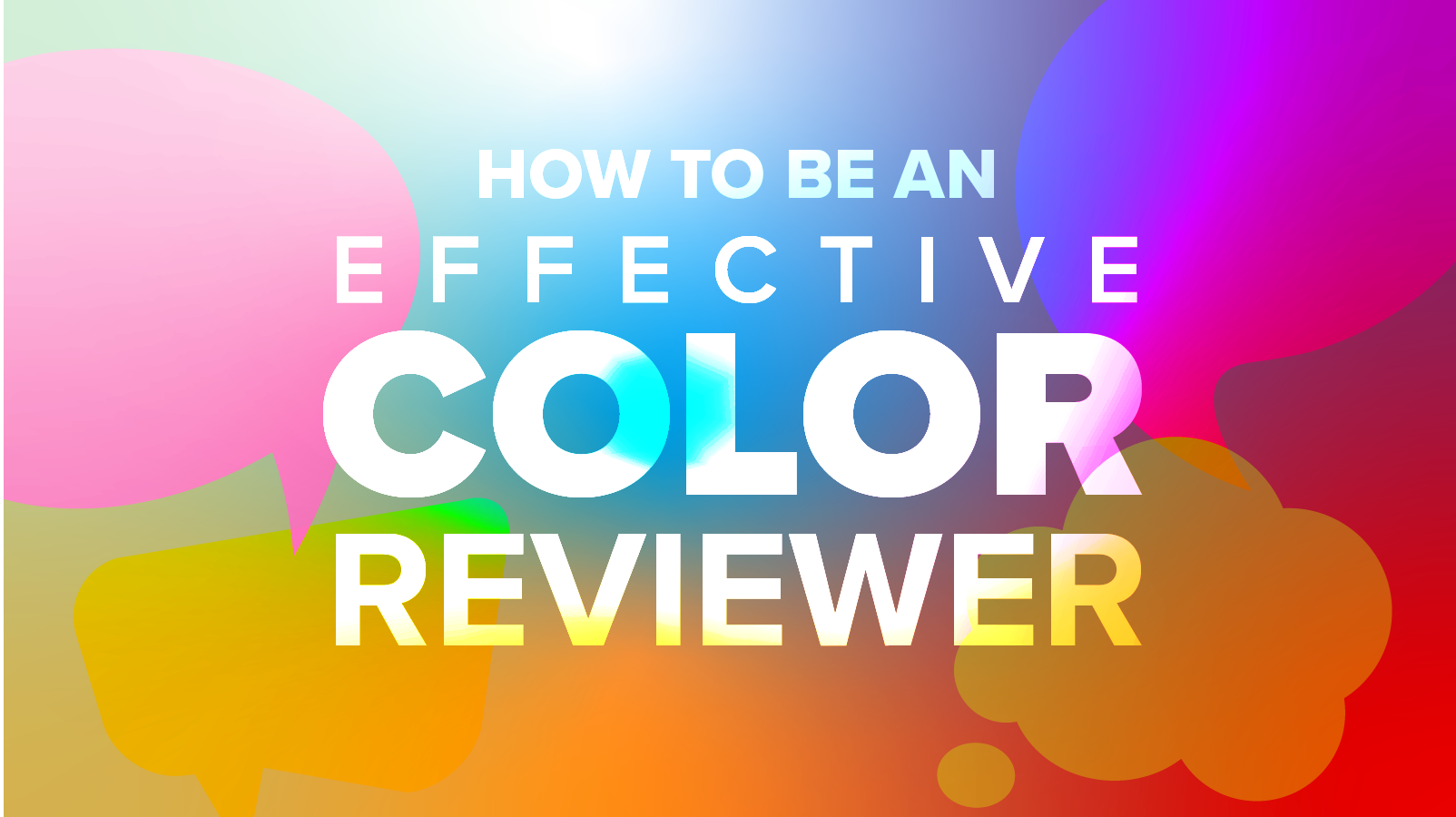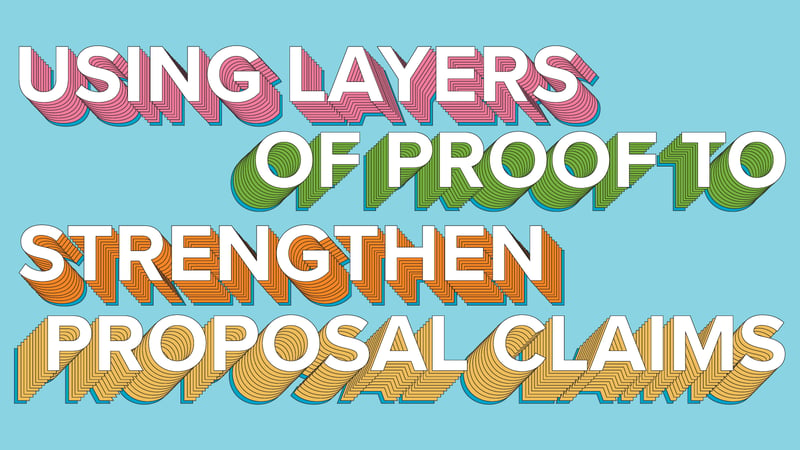
In July 2018, we published an article on how to turn unsubstantiated proposal claims into credible proofs. In this article, I take a deeper dive into developing compelling proofs, with examples and techniques to build solid proofs for a higher win rate.
Proof statements in a proposal help to establish credibility and substantiate a company’s claims regarding its experience, performance, and capabilities.
The Proof is in the Pudding (or in this case, the layered cake)!
Based on 20+ years in the proposal business, I have found that the quality of proof statements can vary dramatically from bid to bid and that having high-quality proofs is critical to winning competitive Government contracts. 
Unfortunately, many proposals are afflicted with generic, repetitive proof points—especially early in the process. Proposal writers and subject matter experts (SMEs) are encouraged to include proof points to support major claims as we develop content.
But often our first instinct is to look to prior experience where similar work was performed and make a broad statement, such as “we successfully completed similar work on project XYZ.”
Furthermore, a single prior project may initially appear to offer the best proof for multiple sections of the proposal, so we fall into the trap of using the same proof many times.
The result? Repetitive statements that are not compelling and leave the reader thinking “so what?” and doubting the depth and breadth of relevant experience.
Strong proofs are critical to compelling proposal content because they serve to substantiate claims and provide evidence that the contractor will be successful. To provide better proofs, it is important to first use a variety of proof statements throughout the document. Second, as page count allows, use multiple proofs and multiple types of proof statements in a single section to support highly weighted evaluation factors. Finally, add layers of proof to fully substantiate proposal claims.
1. Use a Variety of Proof Statements Throughout the Document
While citing similar projects can demonstrate relevant experience, third-party proof points and quantitative data provide more objective support for our claims. Examples of different categories of proofs include:
- Third-party industry validation (e.g., certifications, awards, industry rankings)
- Metrics against established industry standards
- Metrics demonstrating efficiencies, cost savings, and/or performance
- Metrics showing the magnitude of similar work performed
- Letters of Commendation, including quotes
- Contractor Performance Assessment Reporting System (CPARS) Reports, including quotes
2. Use Multiple Proof Statements to Support Claims for Major Evaluation Factors
Using the various categories of proof described above, we can develop multiple proof points to support claims that address heavily weighted evaluation factors. We can examine each category and gather data to form the basis of solid proof statements.
Depending on the Request for Proposal (RFP) requirements and instructions, we can weave our proofs into the narrative, create a section with a subheading such as “Demonstrated Effectiveness of Our Approach,” and/or incorporate proofs into graphics and figures.
Example: Imagine “Effectiveness of the offeror’s safety program” is a major evaluation factor. For this factor, consider using a mix of different proof points to bolster your company’s case as shown below.
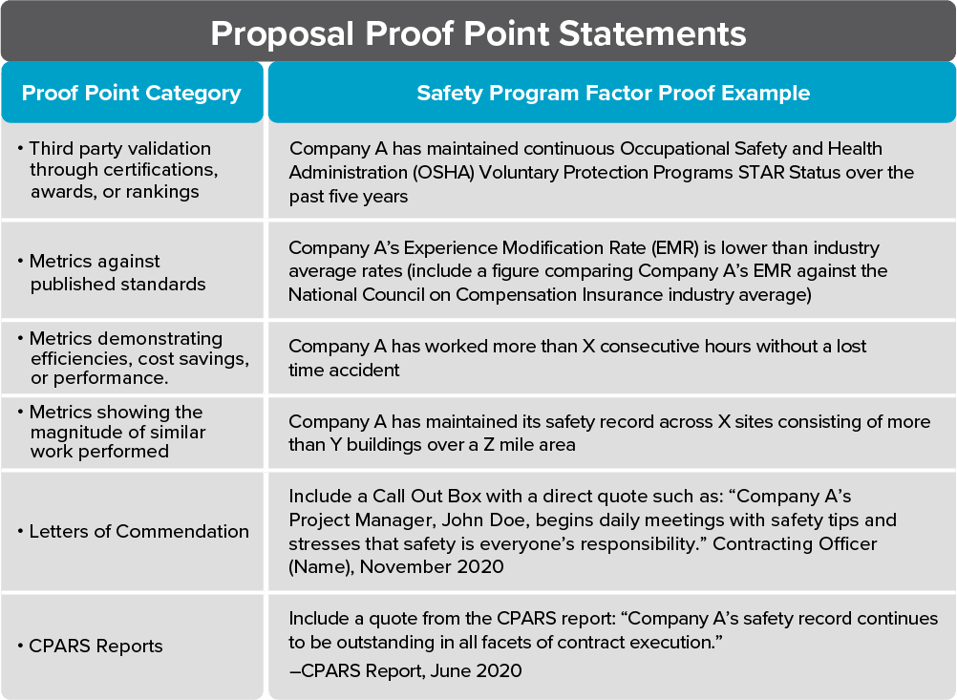
3. Add Layers of Proof to Fully Substantiate Proposal Claims
We tend to think of claims and proof statements as completely different categories. Claims are assertions, and proof statements support the assertions. The Merriam-Webster Dictionary defines “assert” as “to state something in a strong and definite way.” Simply put, an assertion is a statement that is either true or false.
But when we provide proof for an assertion, we often do so by using another statement. Because of this, it is helpful to look at the proof statement as a kind of secondary claim, and then ask,
“why should I believe the proof statement”? Or more simply, “where is the proof for the proof?”
Example: Consider the following claim: “Company X offers a staff of highly qualified engineering personnel” with the following third-party validation type proof statement: “Each of our Engineering Leads is a licensed Professional Engineer (P.E.).”
Now, treat the proof statement as a secondary claim, i.e., where is the proof that each Engineering Lead is a licensed P.E.?
To provide an additional layer of proof, collect the data needed to support the secondary claim. Consider incorporating this data in a table listing each Engineering Lead by name, the states in which they are licensed, and the corresponding license numbers.
The table may be sufficient, but if there is page count available, add a third layer of proof, i.e., where is the proof that the licenses and license numbers are real? The third layer might be a graphic or an attachment (if allowed by the RFP) that includes copies of each license. By adding these additional layers, illustrated in the graphic below, it is difficult for the reader to remain skeptical of the claim.

The Process is Easy
The great news is, we do not have to be brilliant to ask the right questions to get to more layers of proof. All we need to do is to tap into our natural child-like curiosity, where we continue to question each answer through several cycles. Consider the following interaction between a child and parent:
Child: Why is it so hot?
Parent: Because it’s summer
Child: Why is it summer?
Parent: Because there are four seasons, and summer is the hottest.
Child: Why are there four seasons?
Parent: It has to do with where the earth is in relation to the sun and also the tilt of the earth.
Child: Why does the earth tilt?
Parent: (exasperated) Because I said so!
When the point of exasperation is reached, chances are you are close to having a solid proof point.
Use Layers of Proof to Get to the Best Proofs
There is no need to include all layers of proof in a proposal response. With tight page count limits, the critical few proofs will often trump the many layers. But the process of drilling down—using a cycle of questions for each answer—enables us to quickly understand what types of proof we can offer and helps frame requests for data that fully and persuasively back up our claims.
Takeaway
Third-party validation, quantitative results, and direct customer quotes help establish credible proofs to back up proposal claims.
Using a layered mix of different types of proofs provides evaluators with the necessary information to validate your claims. Asking probing questions and digging your way to deeper layers of proof can help lead you to ask the right questions and collect data that truly persuades—and a persuasive proposal is one step closer to a winning proposal.
Want to improve your proposal skills? Check out the KSI Advantage© Capture & Proposal Guide.



